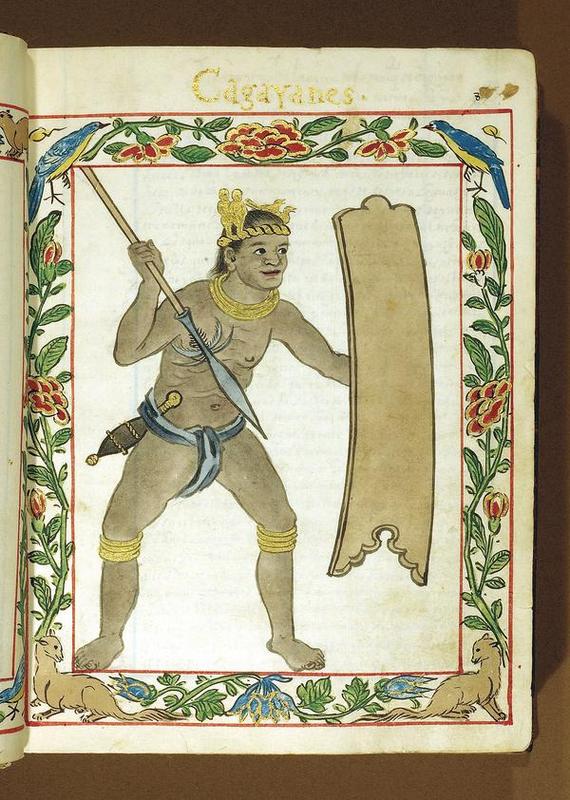This is Part 2 of a three-part essay (one of my all-time favorites) I wrote for my “Pathless Travels” column, which was published in Northern Weekly Dispatch, 26 Sept 2004, Vol. 16 No. 38. Part 1 was posted here earlier. The essay is already dated in some spots, but mostly it speaks equally well of how I feel now about fireplaces, as how I felt about this inspiring topic in 2004. I hope you enjoy reading it!
In earlier decades. Filipino urban dwellers sought an alternative between the upper-class modern electric range (which was clean and convenient, but rather expensive to acquire and maintain) and the plebeian wood stove (cheap, but hard and risky to operate in a firewood-scarce and fire-prone city). For most, the middle choice was the kusinilya, fueled by kerosene (“ga-as“).

The kusinilya‘s advantages: First, most neighborhood stores retailed kerosene by the bottle. Thus, getting a steady fuel supply wasn’t too burdensome — physically and financially — for the common urban household, especially the harassed housewife with a shoestring budget. Second, the kusinilya fire was easier to start and maintain than wood fire. A well-handled stove produced a vigorous blue flame that indicated efficient combustion.
But there were also quite a few problems. Foremost, the kusinilya was a certified fire hazard, especially if you hadn’t mastered the fine art of trouble-shooting its problems. This skill, to my mind, was just a notch lower than the pure black magic needed to start an ancient Coleman lamp. Kusinilya problems happened regularly, as black crumbly soot tended to accumulate inside and around the nozzles, clogging them. With volatile kerosene in open containers just around the kitchen, a small accident could easily turn into an ugly conflagration. Continue reading “Romancing the fireplace (2)”



